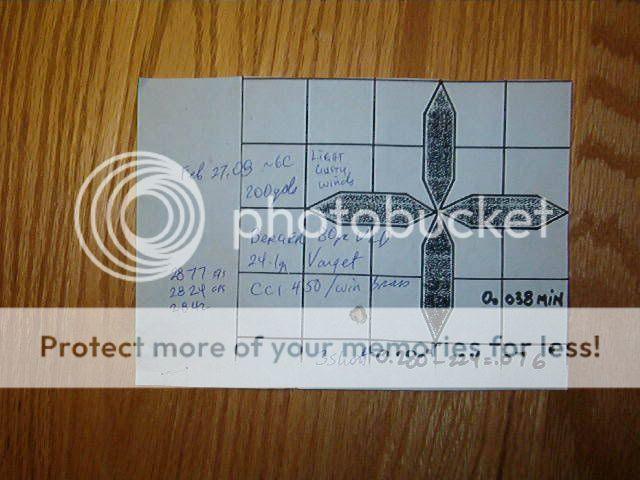Mysticplayer
Well-Known Member
- Joined
- Jul 27, 2001
- Messages
- 1,459
The biggest area to pay attention to is runout or bullet wobble. Try and keep to 4 thou or less measured on the bullet just back from where it bends to form its tip. Sending the bullet cock eyed down the pipe is not condusive to great accuracy.
Neck turning makes it easier to measure runout as you are not worried that your measurements are screwed up by a bumpy neck.
Measure runout after firing, sizing and seating. If any runout is created, you can narrow down the problem and resolve.
Test bullets of quality. Many hunting bullets were never designed or manf to be tack drivers. Poly tipped hunting bullets from Hornady and Nosler are excellent as well as the many match bullets from Berger, Sierra and possibly Lapua (some types don't expand reliably).
Good luck with your load work up.
Jerry
Neck turning makes it easier to measure runout as you are not worried that your measurements are screwed up by a bumpy neck.
Measure runout after firing, sizing and seating. If any runout is created, you can narrow down the problem and resolve.
Test bullets of quality. Many hunting bullets were never designed or manf to be tack drivers. Poly tipped hunting bullets from Hornady and Nosler are excellent as well as the many match bullets from Berger, Sierra and possibly Lapua (some types don't expand reliably).
Good luck with your load work up.
Jerry

